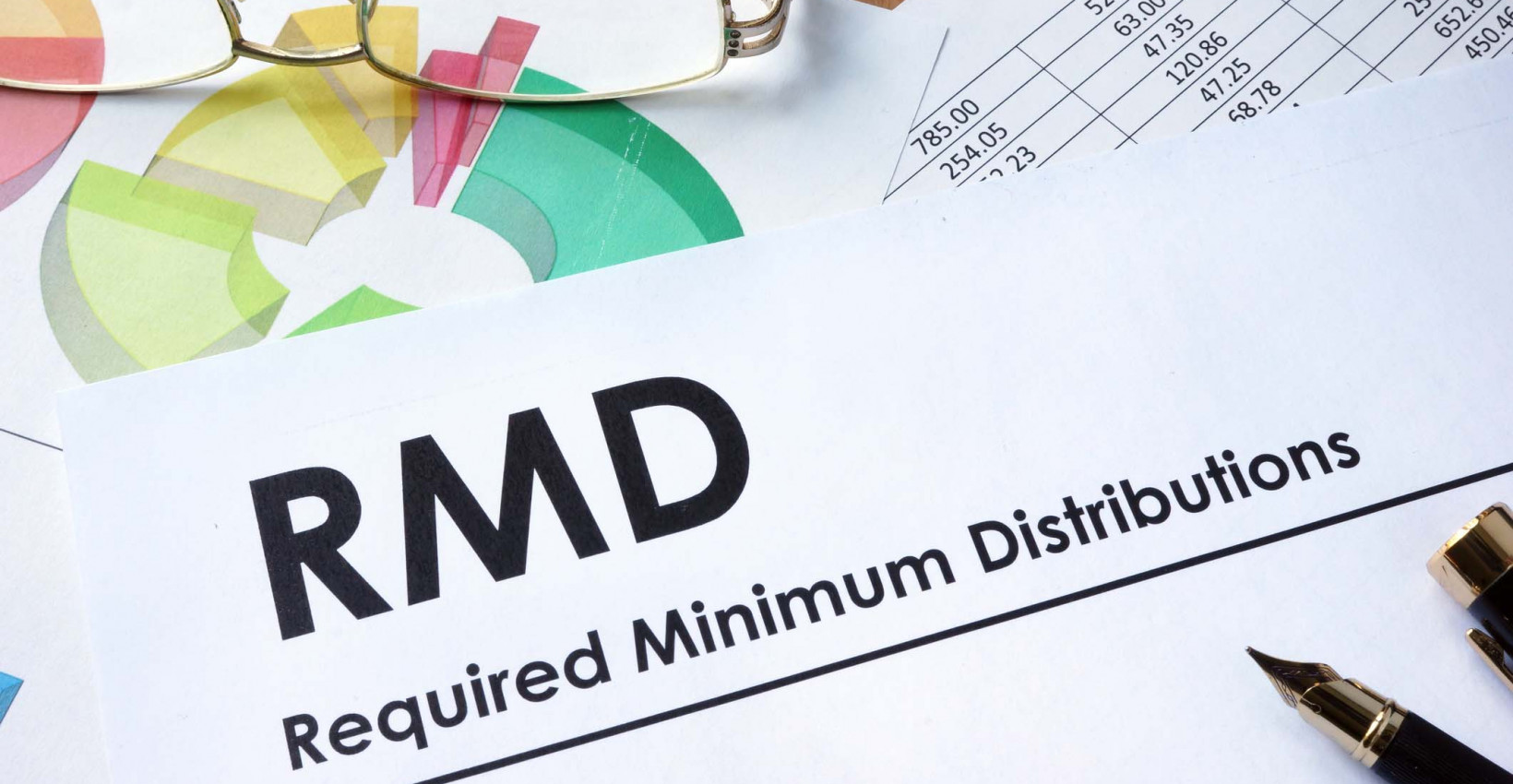The best time to take your RMD

As you near the age of 70, you’ll likely be doing a lot of thinking about and discussing required minimum distributions (RMDs). Timing those distributions just right can be tricky, but it’s important to get it right since they can determine how much money you will have to live on during retirement.
Federal law requires you to start taking RMDs at age 73, but you can start taking them earlier. If you start too early, your nest egg could be used up before you pass on. But if you take them too late, you’re leaving money on the table. So, let’s break it down and discuss the best time to start taking RMDs.
The rules
Over the last several years, many changes have gone into effect regarding RMDs and when they’re required, so let’s tackle those first.
First off, RMDs apply to the following employer-sponsored retirement plans: 401(k)s, 403(b)s, and 457(b)s. They also apply to traditional IRAs, SEP IRAs, SARSEP IRAs, and SIMPLE IRAs. RMD rules do not apply to Roth IRAs, and they no longer apply to Roth 401(k)s either.
For the longest time, the RMD age was set to the year you turned 70 ½, but the Setting Every Community Up for Retirement Enhancement Act (SECURE Act) of 2019 increased the RMD age to 73. This means if you were born in 1952, you will be required to take your first RMD in 2025. It’s usually required to take your RMD by December 31; however, the IRS gives a little flexibility on your first one and will give you until April 1 the following year to complete your first RMD. We’ll talk about that more below.
Timing is everything
The most important part of timing your RMDs is to make sure you take them by the end of the year. If you don’t take your first RMD according to the rules spelled out above, you’ll face a penalty of 25% of the amount you should have taken. In addition, you’ll owe income taxes on the amount.
As mentioned above, the IRS gives you flexibility with your first RMD; however, you will run into a situation where you’re forced to take two RMDs (your age 73 RMD and your age 74 RMD) in one taxable year. This is why it’s usually best to not delay your first RMD. It’s worth discussing this option with your tax advisor.
Tax considerations
RMDs represent a loss of control over your income since they could potentially bump you into a higher tax bracket. Timing of the payments is another item to discuss with your tax advisor. Should you take them at the beginning of the year, end of the year, or throughout the year? Let’s go over the pros and cons of all three options.
Option 1: Beginning of the year RMD
Pros:
- You won’t forget to take your distribution, and if you pass away during a given year, it won’t be on your heirs to make it happen in a very tight window.
- If IRA conversion is something you’ve discussed with your tax advisor, taking the RMD early frees you up for that option later.
- If the market drops later in the year, you’ll be selling those units low, and will have less available for distribution. You’re also leaving less at risk to the whims of the stock market.
Cons:
- There might be tax-deferred opportunities you miss out on.
Option 2: End of the year RMD
Pros:
- If the money in your retirement account is earning interest, putting it off until the end of the year gives you more time to earn on those funds staying put in the account. It also gives you more money to work with the following year.
Cons:
- Just as you have the potential for gaining more by leaving it in the account until the end of the year, you also have the potential for loss. The funds do remain at the mercy of the stock market.
- You flirt with the possibility of not getting the distribution out on time if you wait until the holidays, risking incurring the 50% penalty.
- In the tragic event you die during the year before you take your distribution, it leaves it up to your heirs to work within a small window to get the distribution completed before it’s penalized.
Option 3: Throughout the year
Pros:
- Dividing your distribution up into monthly, quarterly, or semiannual installments means you’ll never take a large sum out of your account at precisely the wrong time.
- Doing so establishes regular cash flow throughout the year.
Cons:
- If you’re doing the calculations yourself and not relying on your bank to do the calculations, you could miscalculate and take the wrong amounts.
You’re not in this alone
While the decision of when to take your RMDs is ultimately up to you, there are people who can help you weigh your options! We recommend talking with your financial advisor and/or a tax professional about your unique situation, and our experts are always willing to meet with you and discuss RMDs, so don’t hesitate to reach out.
Learning Center articles, guides, blogs, podcasts, and videos are for informational purposes only and are not an advertisement for a product or service. The accuracy and completeness is not guaranteed and does not constitute legal or tax advice. Please consult with your own tax, legal, and financial advisors.
|




